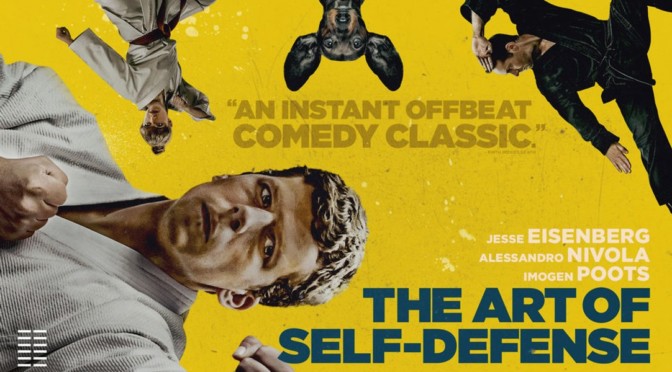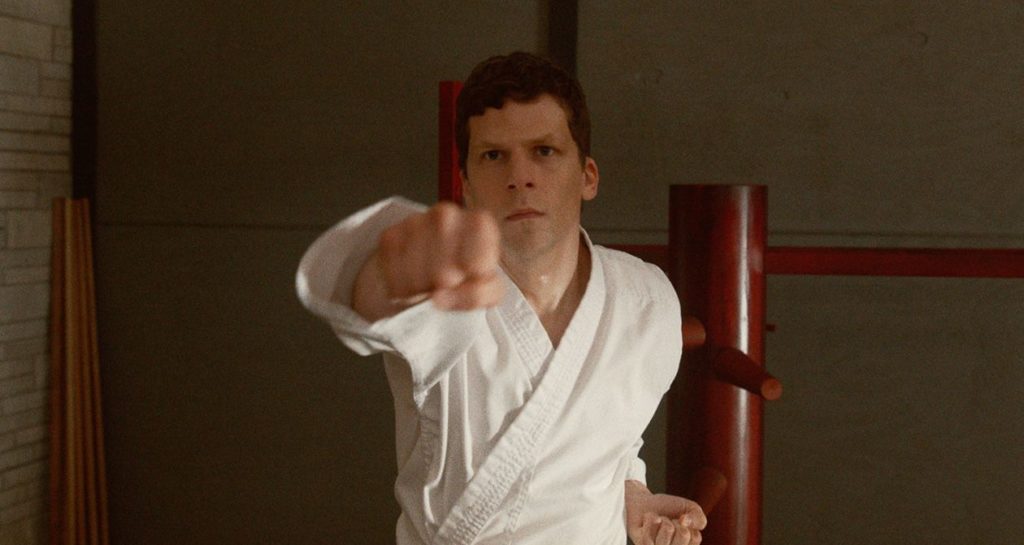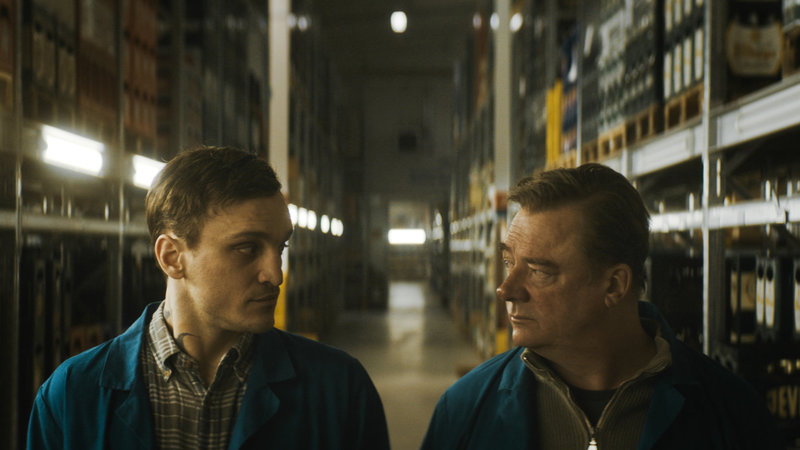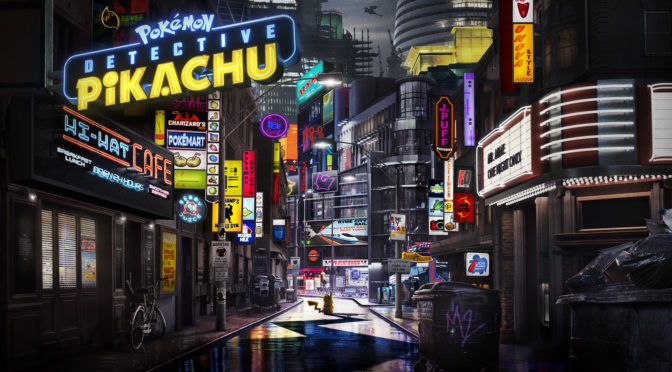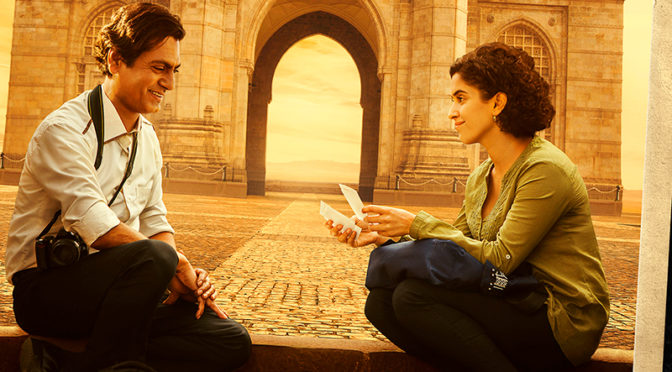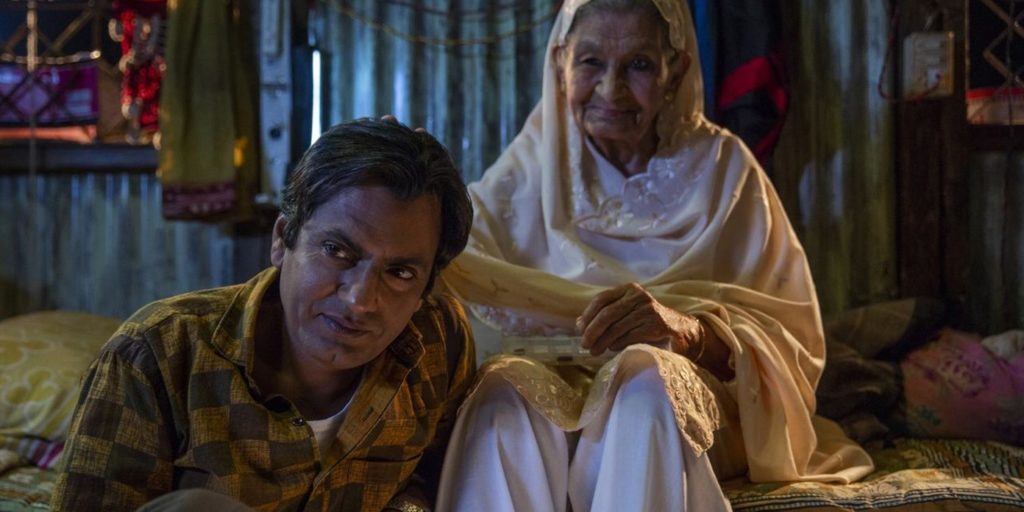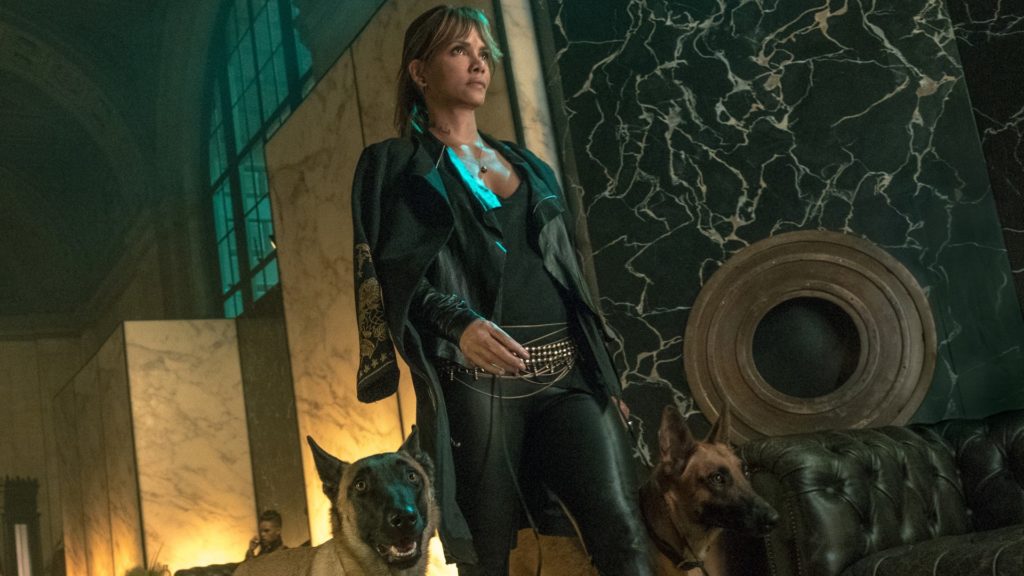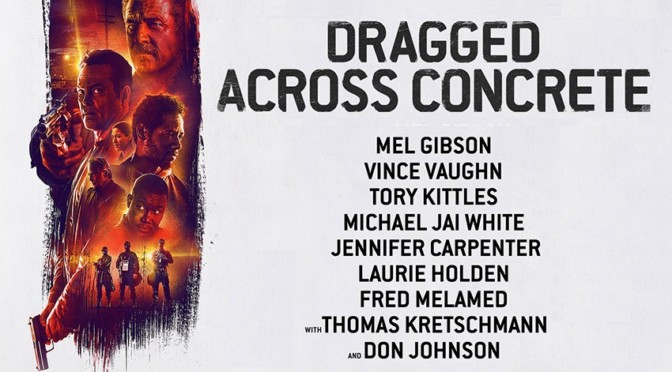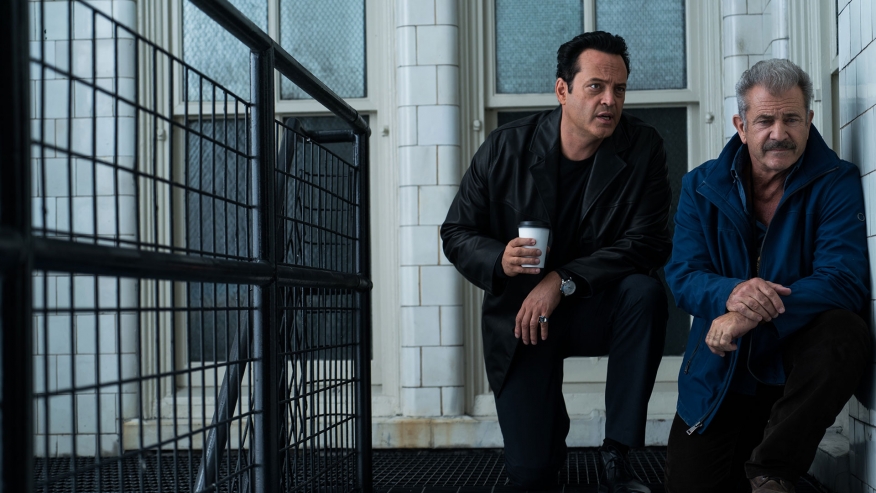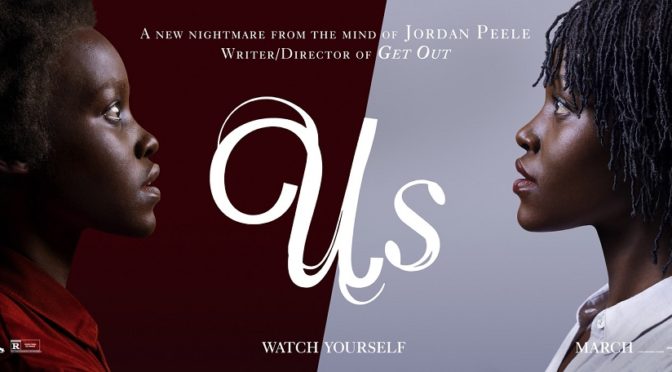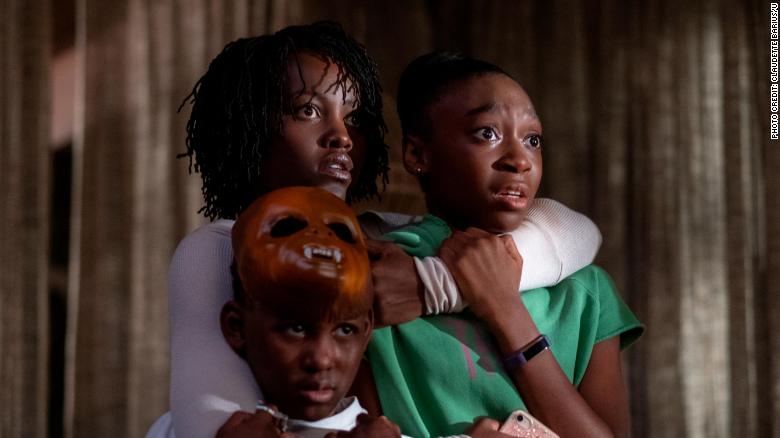Some people say that if they could time travel, they’d go back to buy stock in Amazon or Google. For a musician, the equivalent might be playing songs before they were ever written and in Yesterday a struggling singer gets that chance. Jack (Himesh Patel; EastEnders) is a singer-songwriter who has never been able to get a record deal or write a hit song. After a particularly bad show, he decides to quit forever and bikes home only to be hit by a bus home during a freak global blackout. When he comes to, he realizes that no one has heard of The Beatles and takes the opportunity to pass off their music as his own.
While Yesterday presents an alternate timeline, that isn’t its focus. The film touches on a few trickle down effects of a world without The Beatles, like certain other bands never existing, and gets several laughs out of Jack frantically googling things only to realize they don’t exist, but it makes best use of the premise with the world’s casual indifference towards music that we now consider legendary. As Jack tries to play “Let it Be” for his family, his father keeps disrupting him, the neighbor stops by, and his mom can’t quite remember the name. There are also several jokes about the stranger titles of Beatles songs and albums and how no modern market research would ever allow such poor branding. Despite all these touches, at its heart, Yesterday is a romantic comedy.
Ellie (Lily James; Mamma Mia! Here We Go Again) is Jack’s manager, roadie, biggest supporter, and clearly has unrequited feelings for him. Other characters point out their unusual relationship, but its importance never reaches Jack until he starts traveling. The arc of their relationship is nothing new, but it’s nevertheless enjoyable.
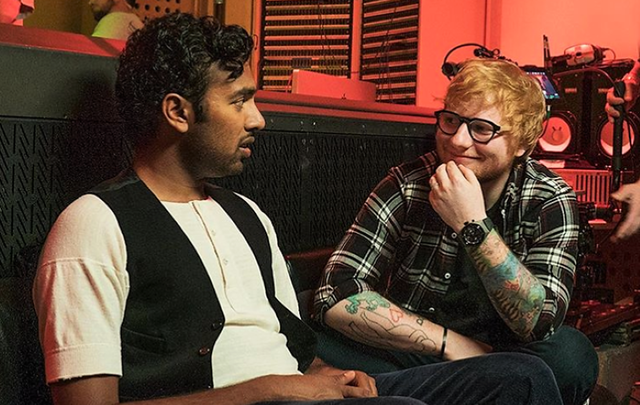
The film was written by Richard Curtis (Notting Hill) and it shows in every detail. The characters have the same likable, goofy, slightly off-beat charm he is known for and there is plenty of humor. Jack’s roadie, Rocky (Joel Fry; 10,000 BC), might as well be the roommate from Notting Hill with all his social faux pas and well-meaning failures. The film’s biggest surprise is singer-songwriter Ed Sheeran. Sheeran who, playing himself, acts as Jack’s mentor and is hilarious in the self-satire as he gives Jack bad advice on how to succeed in the music industry. Curtis’s humor and charm are the film’s main draws.
While Curtis may have the greatest creative imprint, Danny Boyle (Trainspotting) is still the director. This is notably lighter fare than his usual work, but Boyle does an admirable job with the material. There are several oblique angles and a more kinetic energy to the camera movements. The story does however seem noticeably rushed. The major character changes from the second and third acts happen at a pace too quick to be believable and characters make decisions that are implausible in order for the story to reach its desired conclusion. It isn’t revolutionary and has some plot issues, but Yesterday has a unique premise and plenty of endearing characters and good-natured humor to make up for it.

3/5 stars.




